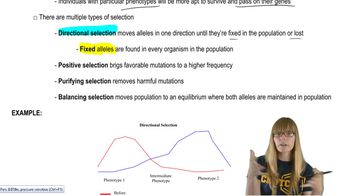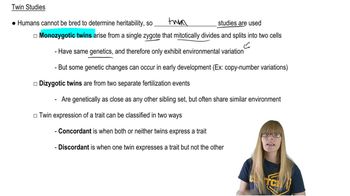In 2010, a U.S. District Judge ruled to invalidate Myriad Genetics' patents on the BRCA1 and BRCA2 genes. Judge Sweet noted that since the genes are part of the natural world, they are not patentable. Myriad Genetics also holds patents on the development of a direct-to-consumer test for the BRCA1 and BRCA2 genes.
J. Craig Venter has filed a patent application for his 'first-ever human-made life form.' This patent is designed to cover the genome of M. genitalium. Would your ruling for Venter's 'organism' be different from the judge's ruling on patenting of the BRCA1 and BRCA2 genes?
With the knowledge that radiation causes mutations, many assume that human-made forms of radiation are the major contributors to the mutational load in humans. What evidence suggests otherwise?
 Verified step by step guidance
Verified step by step guidance
Verified video answer for a similar problem:
Key Concepts
Natural Background Radiation

Mutation Rate and Sources

Epidemiological Studies

Shown here are the amino acid sequences of the wild-type and three mutant forms of a short protein.
___________________________________________________
Wild-type: Met-Trp-Tyr-Arg-Gly-Ser-Pro-Thr
Mutant 1: Met-Trp
Mutant 2: Met-Trp-His-Arg-Gly-Ser-Pro-Thr
Mutant 3: Met-Cys-Ile-Val-Val-Val-Gln-His _
Use this information to answer the following questions:
Using the genetic coding dictionary, predict the type of mutation that led to each altered protein.
Shown below are two homologous lengths of the alpha and beta chains of human hemoglobin. Consult a genetic code dictionary (Figure 13.7), and determine how many amino acid substitutions may have occurred as a result of a single nucleotide substitution. For any that cannot occur as a result of a single change, determine the minimal mutational distance.
Alpha: ala val ala his val asp asp met pro
Beta: gly leu ala his leu asp asn leu lys
